India’s The Energy and Resources Institute (TERI) and US-based FTI Consulting have partnered on policy and economic research to develop a hydrogen-based economy in India, fuel-cell manufacturing and policy ecosystem, carbon-capture systems, and new and emerging areas in renewable energy.
Amrit Singh Deo, Senior Managing Director-Strategic Communications, FTI Consulting, said, “We look forward to working with TERI, one of India’s leading energy thinktanks, to develop an India hydrogen economy roadmap, leveraging our global clean energy expertise. We are committed to bringing global policy and research best practices to India and work in close partnership with sector experts to solve complex problems.”
Girish Sethi, Senior Director, Energy Programme, TERI said, “TERI looks forward to this partnership with FTI Consulting for research, development and deployment of low-carbon technologies and hydrogen technologies.”
So far, India has had somewhat limited success in capturing the manufacturing benefits of certain clean energy technologies such as solar PV and batteries.
TERI sees green hydrogen as the next ‘clean energy prize’, which will require coordinated action from industry and government for India to capture the benefits. In the transition to a carbon-neutral economy, hydrogen can provide a supplementary role to renewables and batteries.
Hydrogen can be divided into ‘grey’ (produced from fossil fuels), ‘blue’ (produced from fossil fuels with carbon capture and storage) or ‘green’ (produced from renewable electricity).
According to TERI, early demand markets for hydrogen include fuel cells for trucking, balancing supply and demand in the power sector, and replacing fossil fuels in industry. The potential scale of hydrogen use in India is huge, increasing between 3 and 10 times by 2050.
Akshay Bhardwaj will lead the partnership from FTI Consulting and William Hall from TERI.
Akshay Bhardwaj, Director-Strategic Communications, FTI Consulting, said, “India’s Hydrogen Roadmap could provide the critical link between conventional energy sources, the gas economy and renewable energy through the deployment of grey, blue and green hydrogen plays. India must build a green industrial policy and a sustainable energy roadmap.”
Will Hall, Associate Fellow, TERI said, “Given its advantages as a clean fuel, India should work towards making hydrogen economically viable in order to compete with other conventional fuels. Through this partnership, FTI Consulting and TERI will be researching to demonstrate the viability of hydrogen as a sustainable solution for India’s energy.”
This content is protected by copyright and may not be reused. If you want to cooperate with us and would like to reuse some of our content, please contact: editors@pv-magazine.com.
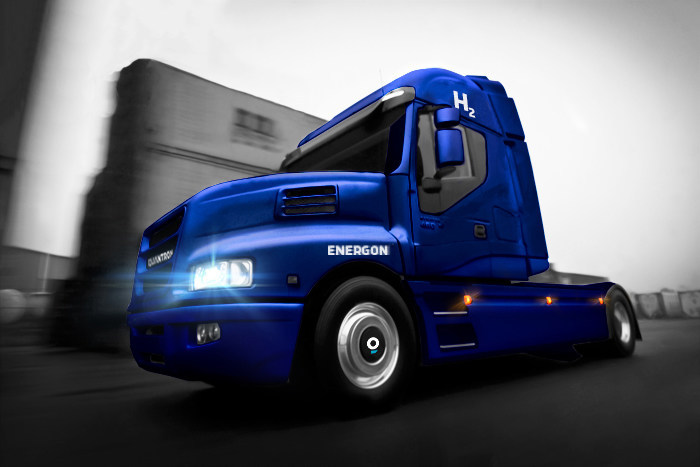
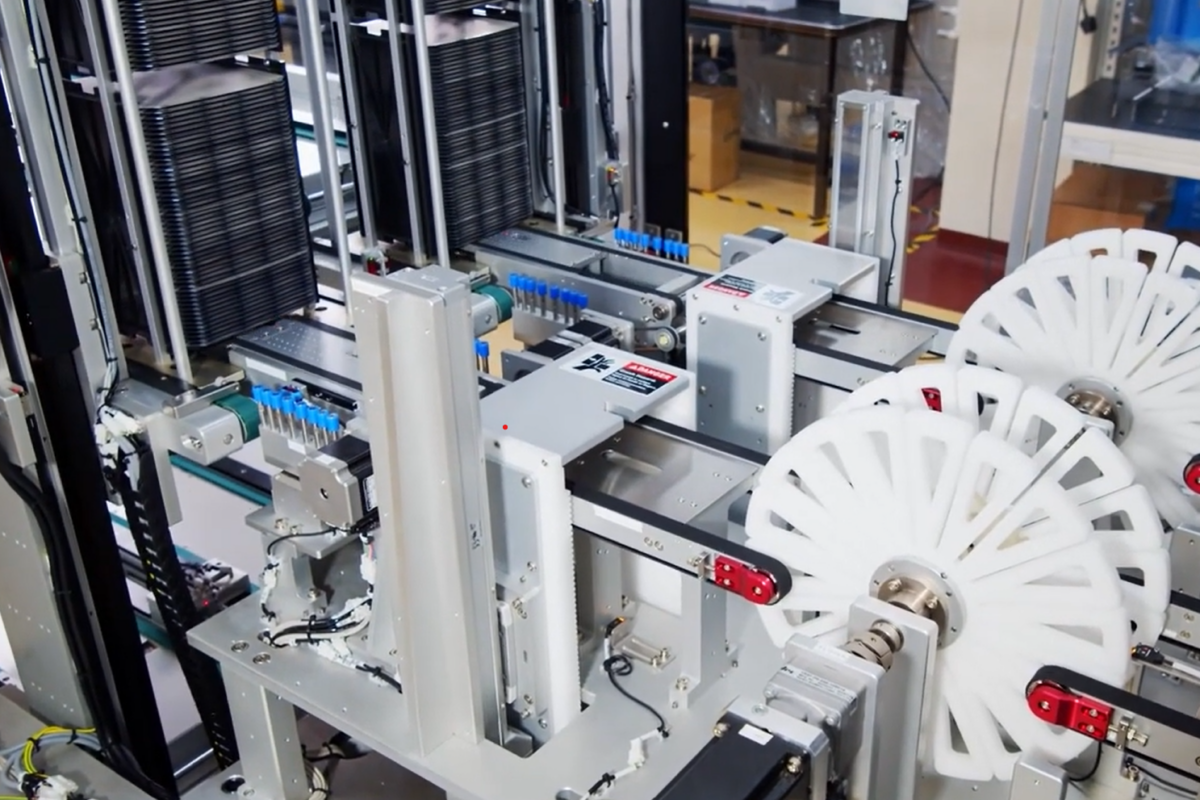


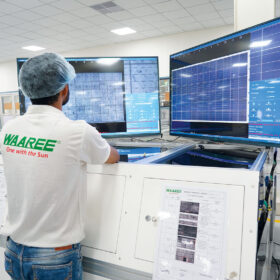
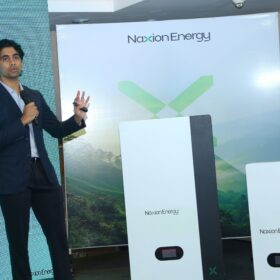

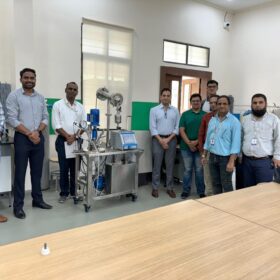
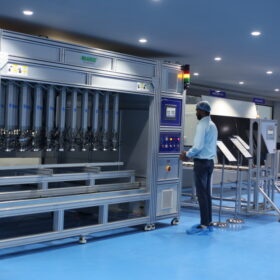
If Hydrogen did not Explode easily or burn everything around it; it could be “THE PERFECT FUEL”…. LIGHT, ABUNDANT (from Water), CLEAN etc..
Unfortunately, the Hindenburg “Disaster” in the 1930’s clearly showed the Volatile and Flammable Nature of this “Gas” and led to the demise of in LTA’s (Lighter Than Air) Travel… in it’s infancy only.
The sad part, specially for the families of those who died, was it was the US Govt. Ban on Germany, that prevented use the benign Helium, which was it’s preferred Buoyancy Gas.
Use of Hydrogen in Industry, who are accustomed to handling “dangerous and flammable” materials operating,g in private, secure, isolated facilities maybe appropriate.
Using Hydrogen in vehicles (1,2,4 and more wheeler) is another matter, even though Petrol, Diesel and even Gas is in common use in almost every nook and corner of India.
There are other options for mobile vehicles … Batteries and CA (Compressed Air). Perhaps we should restrict Hydrogen to Industries that absolutely need this Gas for their processes.
Dear Ajay,
Lot of water flown down whichever river you believe in, since Hindenburg. I think you need to explore the incidence further to understand that is was not an explosion but static electricity which was responsible for the damage. Hydrogen powered vehicles have covered more than 100 M miles in actual revenue service without any such major incidence. Needless to say any fuel has to be respected otherwise we should go back to horses and mules.